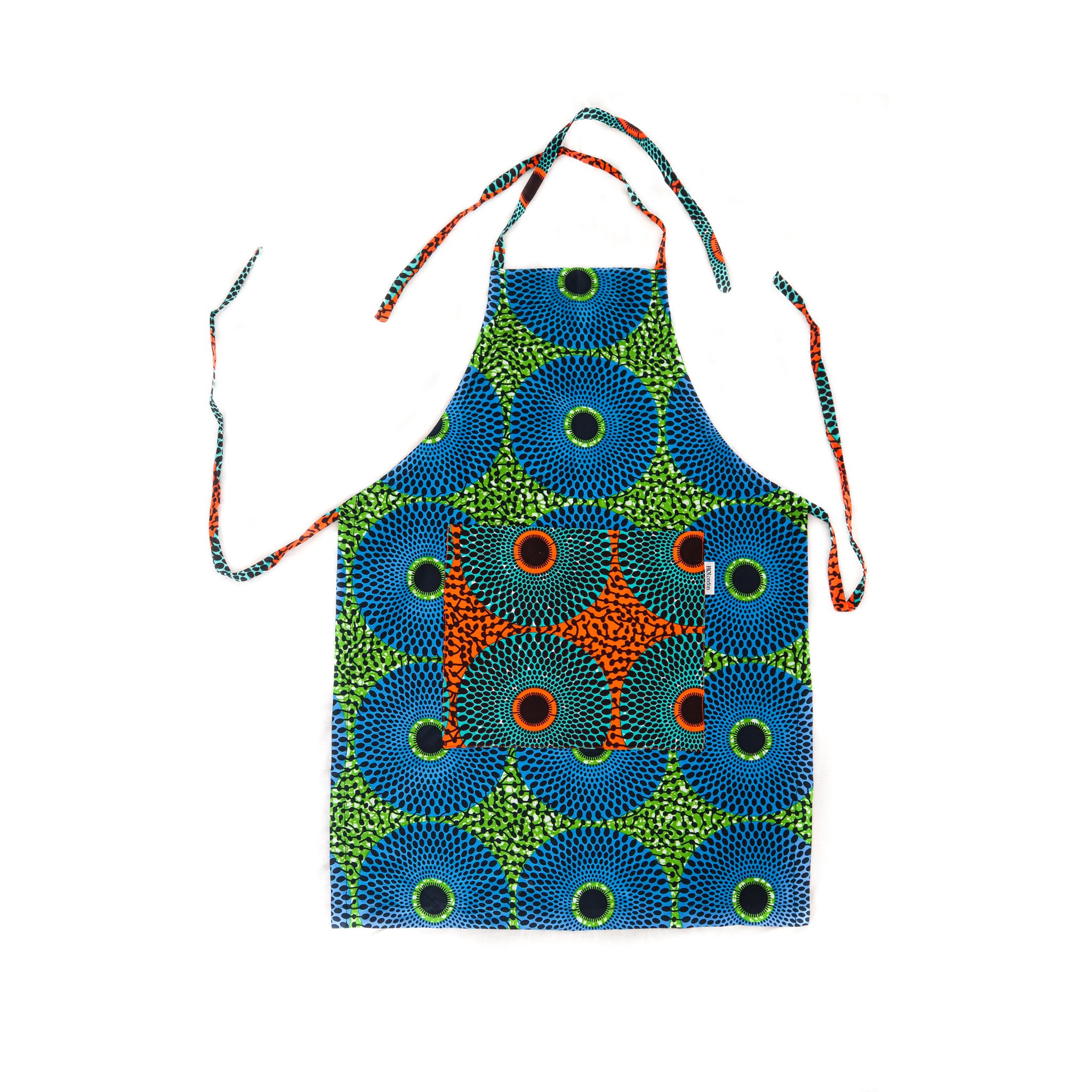The future of cars, bumpers and interiors are becoming not only stylish but also innovative
The automotive industry stands on the brink of a technological and aesthetic revolution. Once focused purely on performance and safety, car design today is expanding into realms of style, sustainability, and user-centered innovation. As manufacturers compete to produce vehicles that are not only functional but also futuristic in their form and experience, components like bumpers and interiors are undergoing exciting changes. These are no longer simple protective or comfort features—they are becoming dynamic, intelligent, and central to the identity of the vehicle itself.
The future of car design integrates technology with style, creating smarter, more efficient, and more comfortable driving experiences. From enhanced safety systems embedded in the bumper to responsive ambient lighting in interiors, the transformation is reshaping how we perceive the everyday automobile.

Bumpers of the future, a new level of style and functionality
Traditionally, bumpers were viewed as purely utilitarian—designed to absorb shock and protect more valuable parts of the car. But today, the bumper is evolving into a design centerpiece and a technological frontier. Modern bumpers are now equipped with sensors, cameras, and even radar systems that contribute to advanced driver-assistance systems (ADAS). These features help with lane keeping, adaptive cruise control, and automatic braking.
The bumper for the Mercedes A-class was reviewed on AUTODOC highlighting how even this once-basic car part is being refined with cutting-edge materials and features. The review focuses not just on durability, but also on how the bumper integrates with the vehicle's overall aesthetic and technological suite.
Future bumpers may feature:
Smart materials that can heal minor scratches or dents.
Adaptive aerodynamics to improve fuel efficiency and handling.
Integrated lighting for better visibility and visual appeal.
Sensor-friendly surfaces that allow for enhanced functionality of ADAS without obstruction.
These developments are turning bumpers into multifunctional components that contribute not only to safety and efficiency but also to the sleek, futuristic identity of the vehicle.
The interior of the car of the future, innovations that change the perception of comfort
While exteriors are getting more stylish and functional, the interior of a car is evolving into a digital sanctuary. No longer just a cockpit, the cabin of the future aims to be a comfortable, personalized, and interactive environment that enhances the driver’s and passengers' experience.
High-quality upholstery, ambient lighting, smart air purification systems, and infotainment integrations are just the beginning. The shift toward autonomous driving will likely redefine the interior space, prioritizing comfort and connectivity over traditional driver-centric layouts.
AUTODOC: "If the headlining in your car comes loose or even needs to be replaced, there is no reason to take your car to the garage". This reflects how modular, user-replaceable components are part of this transformation. Interior elements, from headliners to panels, are being redesigned not only for luxury and durability but also for easy maintenance and customization.
Some of the innovations reshaping car interiors include:
Biometric sensors that adjust seating, temperature, and lighting based on personal preferences.
Augmented reality dashboards for immersive navigation and control.
Touchless controls using voice and gesture recognition.
Eco-friendly materials like recycled fabrics and plant-based leathers.
All these elements are aimed at improving the human-machine interface while making vehicles more sustainable and luxurious.
Energy efficiency and sustainability
With growing concerns over climate change, the automotive industry is doubling down on its commitment to sustainability. And design—both inside and out—plays a critical role in this mission.
New-generation bumpers and interiors are being made from lightweight, recyclable materials that reduce the car’s overall weight and, in turn, fuel consumption or battery load in electric vehicles. Companies are increasingly exploring biodegradable plastics and sustainable alternatives to conventional materials.
Electric vehicles (EVs), in particular, are benefiting from aerodynamic bumper designs that reduce drag. Inside, energy-efficient LED lighting, solar-powered air circulation systems, and climate-conscious material sourcing are setting a new standard for green car design.
Many manufacturers now offer interiors entirely free of animal products, reflecting broader shifts in consumer values. These changes make it easier for car buyers to align their personal ethics with their choice of vehicle, without compromising on performance or aesthetics.
The bumper and the car interior—once overlooked in the broader narrative of automotive excellence—are now at the forefront of innovation. With intelligent design and cutting-edge materials, these components are being transformed into style statements, safety enhancements, and sustainability solutions.
As we look to the future, cars are no longer just machines that move us from point A to point B—they are becoming expressive, intelligent, and deeply personal spaces. The evolution of bumpers and interiors highlights this shift and reflects how every detail matters in the journey toward smarter, greener, and more luxurious mobility.
Innovations in these areas are not just improvements—they are redefinitions. And they are paving the way for a new era where style meets substance on every drive.
London’s cultural scene, a gallery or museum membership is the perfect alternative to another pair of socks. From unlimited access to exhibitions and exclusive events to discounts in shops and cafés, these memberships offer experiences that can be enjoyed throughout the year, while also supporting the vital work of arts organisations…
Your guide to London’s can’t-miss events this week, 17–23 November 2025, from Cabaret Voltaire live at ICA to Ballet Shoes at the National Theatre and The Evolution of UK Jazz at the Barbican…
Charlotte Winifred Guérard is a London-based artist and recent graduate of the Royal Academy of Arts School, where she was recognised as a Paul Smith’s Foundation scholar for her artistic achievement. Her work has been exhibited at the Royal Academy, Coleman Project Space, Fitzrovia Gallery, Messums and Palmer Gallery, and she has completed prestigious residencies including…
This week in London, you can enjoy festive ice skating, Christmas lights, jazz and classical concerts, and a range of art exhibitions. Highlights include Skate at Somerset House, Christmas at Kew, the EFG Jazz Festival, and the Taylor Wessing Photo Portrait Prize 2025…
From the 6th to the 9th of November, the leading West African art fair Art X Lagos celebrates its 10th birthday at the Federal Palace on Victoria Island. Founded by Tokini Peterside-Schwebig in 2016, the fair has become an unmissable event in the global art calendar, attracting galleries from over 70 countries and participants from 170 countries since its launch…
If you’re after something bold, queer and completely uncategorisable this November, you need to know about KUNSTY, the Southbank Centre’s brand new four day performance series running from 5-8 November 2025…
London’s most beloved Christmas activity is back. As festive cheer returns to the city, with twinkling lights and the scent of mulled wine drifting through the air, for many Londoners and visitors from further afield, nothing quite captures the spirit of the city at Christmas like strapping on a pair of skates and stepping onto the ice…
As the crisp autumn air settles over London, the iconic gardens of Berkeley Square are once again hosting one of the most anticipated gatherings in the art and antiques world: the LAPADA Fair 2025, running from 28 October to 2 November…
November is a lively time to be in London, with the festive season in full swing and the city buzzing with events. From skating at Somerset House to Christmas lights switch-ons and festive markets like the Southbank Centre Winter Market, there are plenty of ways to embrace the holiday spirit. Beyond the seasonal festivities, London’s cultural calendar is brimming with art, music, and performance…
As far as weekend getaways go, this 70-acre estate offers a peaceful country escape with all the best elements of a traditional hotel experience. Staffordshire, arguably, is not yet on the map for luxury and leisure but set in the heart of the beautiful Staffordshire Moorlands, The Tawny surely is a beacon of things to come…
Art Basel Paris returns to the Grand Palais for its second edition from 24–26 October 2025, bringing together 206 leading galleries from 41 countries and territories. Below is our guide to seven artists not to miss at this year’s edition, each presenting distinctive work through their galleries…
Art Basel Paris 2025’s Public Programme turns the city into a stage for contemporary art, placing bold, large-scale works in streets, courtyards, and cultural landmarks - all free to visit. From a dreamy opera of 30 surreal figures at Palais d’Iéna to a colossal Kermit the Frog balloon looming over Place Vendôme, here is our guide to five standout works from the Art Basel Public Programme that you simply cannot miss…
Frieze London 2025 returns to Regent’s Park with a dynamic mix of emerging and established galleries, reaffirming the city’s creative pulse. Highlights include Esther Schipper’s dreamlike works by Sarah Buckner, Gagosian’s vibrant installation by Lauren Halsey, and Pace’s meditative paintings by William Monk. From Do Ho Suh’s ethereal fabric architectures at Lehmann Maupin…
Paris launches into its own spectacular celebration of art each October, transforming the city into a hub for collectors, curators, and cultural enthusiasts. From the grandeur of Art Basel Paris at the newly renovated Grand Palais to the focused energy of Paris Internationale, OFFSCREEN, AKAA and Menart, each fair contributes something unique to the city’s vibrant art scene.
British Ceramics Biennial is back and better than ever. Running until 19 October 2025, the dynamic programme of free exhibitions, screenings, talks and events is proving a hit with both locals and critics…and just an hour and a half’s train away from London, it’s well worth a day trip…
Echoes of Migration is the flagship summit to launch new not-for-profit platform Art Voyage this autumn. Echoes of Migration officially inaugurates Art Voyage’s innovative, itinerant cultural programme…and gears us up for what is in store for the Art Voyage Biennial….
Betty Ogundipe (b. 2001) is a multidisciplinary artist of Nigerian heritage whose work explores resilience, femininity, and the power of love and resistance. Her debut solo exhibition, LOVE/FIGHT at Tache Gallery…
The V&A’s Marie Antoinette Style, sponsored by Manolo Blahnik, is being hailed as the first landmark exhibition in the UK devoted to France’s most infamous Queen of Fashion. It is a glittering journey through silk, flamboyance and legacy….
Malta is fast becoming one of the Mediterranean’s hottest destinations, offering sun-soaked beaches into October, a thriving arts and culture scene, and stunning architecture and landscapes…
This October in London offers everything from Frieze and the BFI Film Festival to Peggy Gou, the London Literature Festival, and Halloween at Kew.
From The Phoenicia Hotel and Iniala Harbour House, Valletta showcases some of Malta’s finest hotels, ranging from landmark luxury where royalty once danced to boutique hideaways filled with Maltese art…
Discover the best restaurants in Malta, where to eat, drink and enjoy authentic Maltese food and Michelin-star dining…
October is the month for art in London, thanks to Frieze and several other art fairs taking place across the city. There will be a significant programme of shows across the capital’s galleries and institutions. Notable openings include Cosima von Bonin’s Upstairs Downstairs at Raven Row, examining 35 years of work through objects, characters, and early pieces unseen for more than a decade; Wolfgang Tillmans’ Build From Here at Maureen Paley, and Arthur Jafa’s first exhibition at Sadie Coles HQ…
This week in London, explore modern and contemporary art at the British Art Fair, experience couture drama with LACRIMA at the Barbican, celebrate heritage at the Chelsea History Festival, enjoy a decade of dance with Acosta Danza at Sadler’s Wells, and step into Shakespeare’s world with Hamlet at the National Theatre…
With just 100 days to go until Christmas, London’s West End is preparing for the festive season. Carnaby Street and Covent Garden have confirmed their 2025 Christmas lights switch-on dates, signalling the start of celebrations across the capital…
Ladbroke Hall has been a fixture in Notting Hill since 1903, when it opened as the Clément-Talbot car showroom, Britain’s first purpose-built car factory. Designed to resemble an English country house, the building has since served a variety of roles, from producing military vehicles during the First World War to housing Thames Television in the 1980…
An essential guide to Ibiza, from modern art at MACE and Museo Puget, to cliffside dining at Amante and farm to table dining at Juntos House, iconic nightlife at Pacha and Ushuaïa, and serene luxury at Soho Farmhouse Ibiza…
Ibiza’s nightlife is truly legendary, known worldwide as the ultimate playground for party-goers. For decades, the island has attracted the very best international DJs and music lovers from across the globe. Here is our guide to seven of the best clubs to visit in Ibiza, starting with the absolute giants and working down to gems like Chinois…
Discover the best of London this weekend! From landmark exhibitions such as Marie Antoinette Style at the V&A and Material World at Kew Gardens, to live music and a curry festival on Brick Lane…
















































